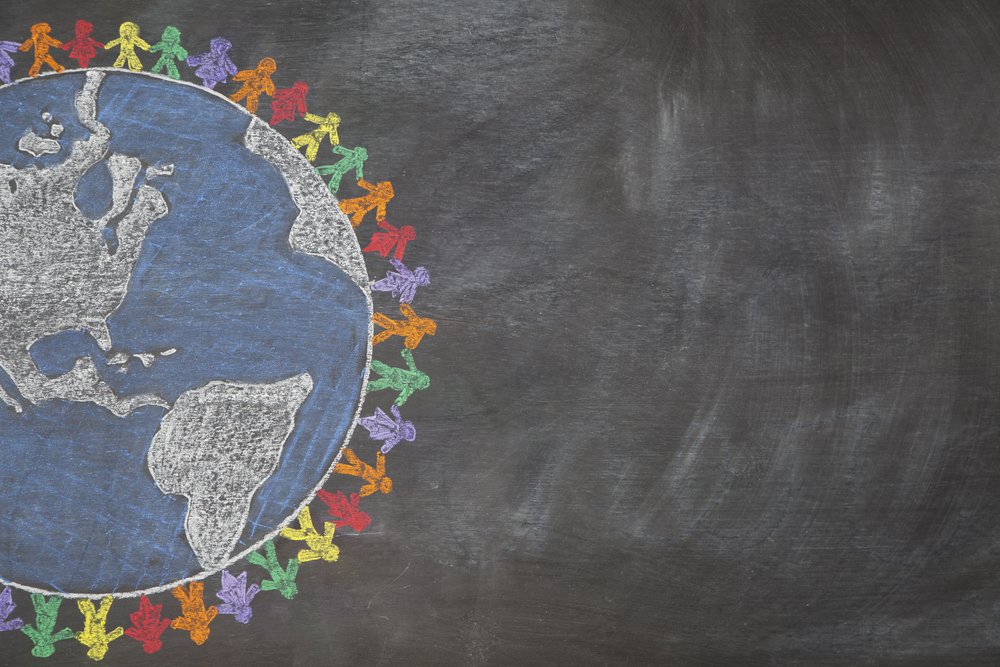ABSTRACT: Traditionally the term “peace” has been defined as the absence of war. Yet, “peace” is closely associated to the term “security” and although “peace” and “security” are both generally referred to in interstate affairs, “peace” is more deeply attached to civil society, since it ultimately suffers in the absence of peace. Peace cannot be confined by territorial limits; a breach of peace in one territory may have consequence in neighbouring lands and may give rise to regional tensions. This work investigates peace management through the available international legal tools. In this respect the work shows how peace has links to the expansive human community where inter-territorial, inter-cultural, inter-regional, inter-ethnic, and other inter-community issues are involved. Subsequently the work suggests that a durable and sustainable peace requires adequately addressing human-to-human relations in a more sophisticated way and through a softer approach with long-term visions where dialogues from various levels play important roles.
KEYWORDS: Peace, Human Community, Security, International Law, Dialogue


